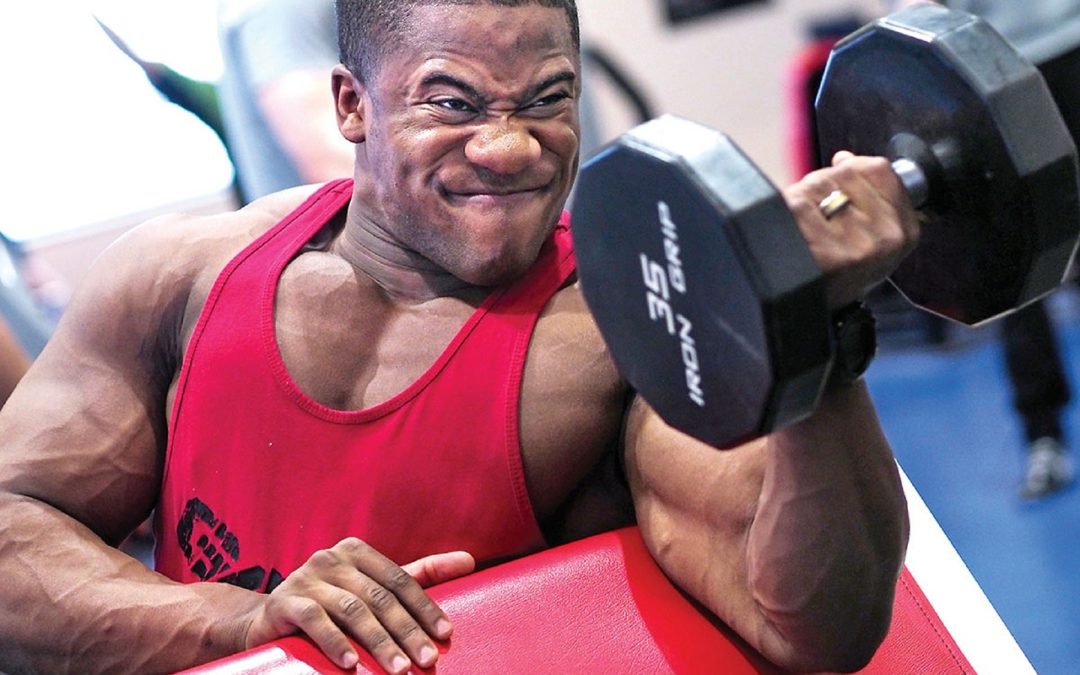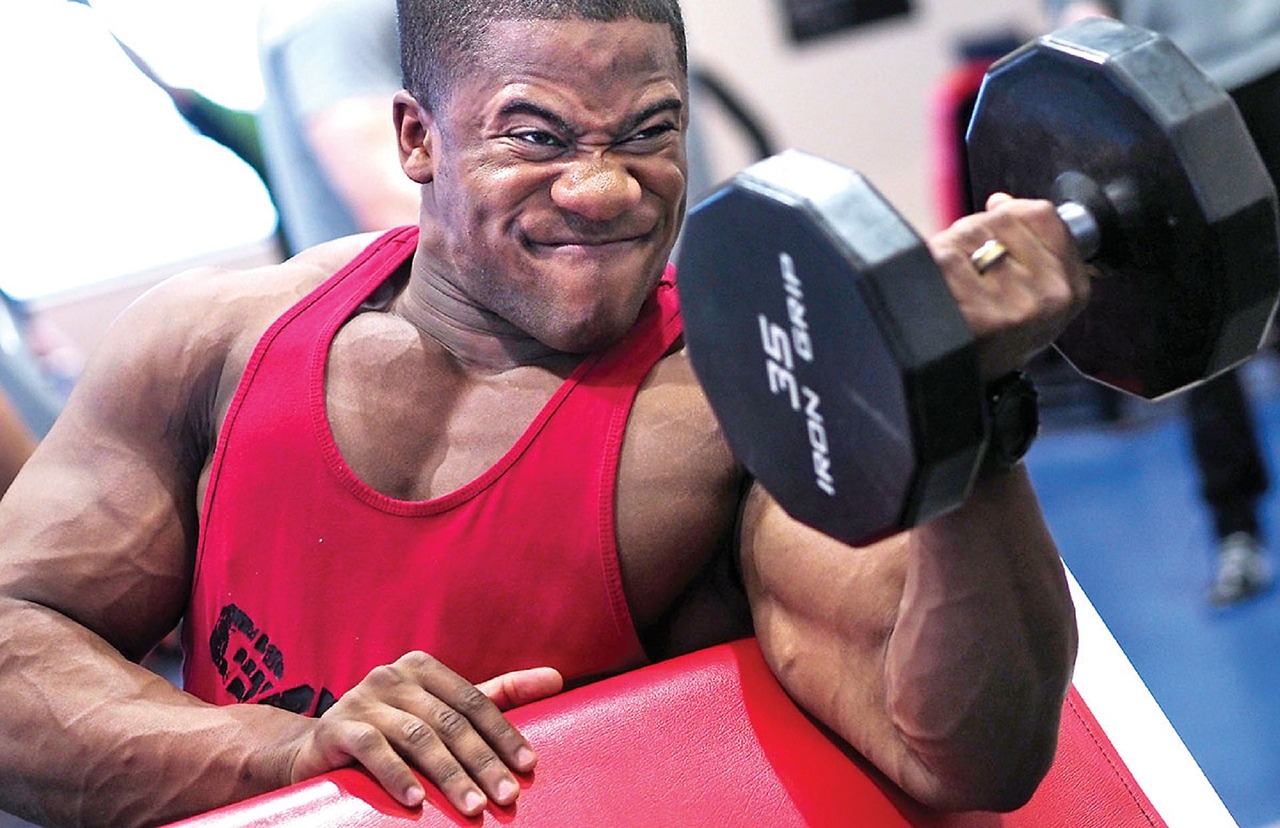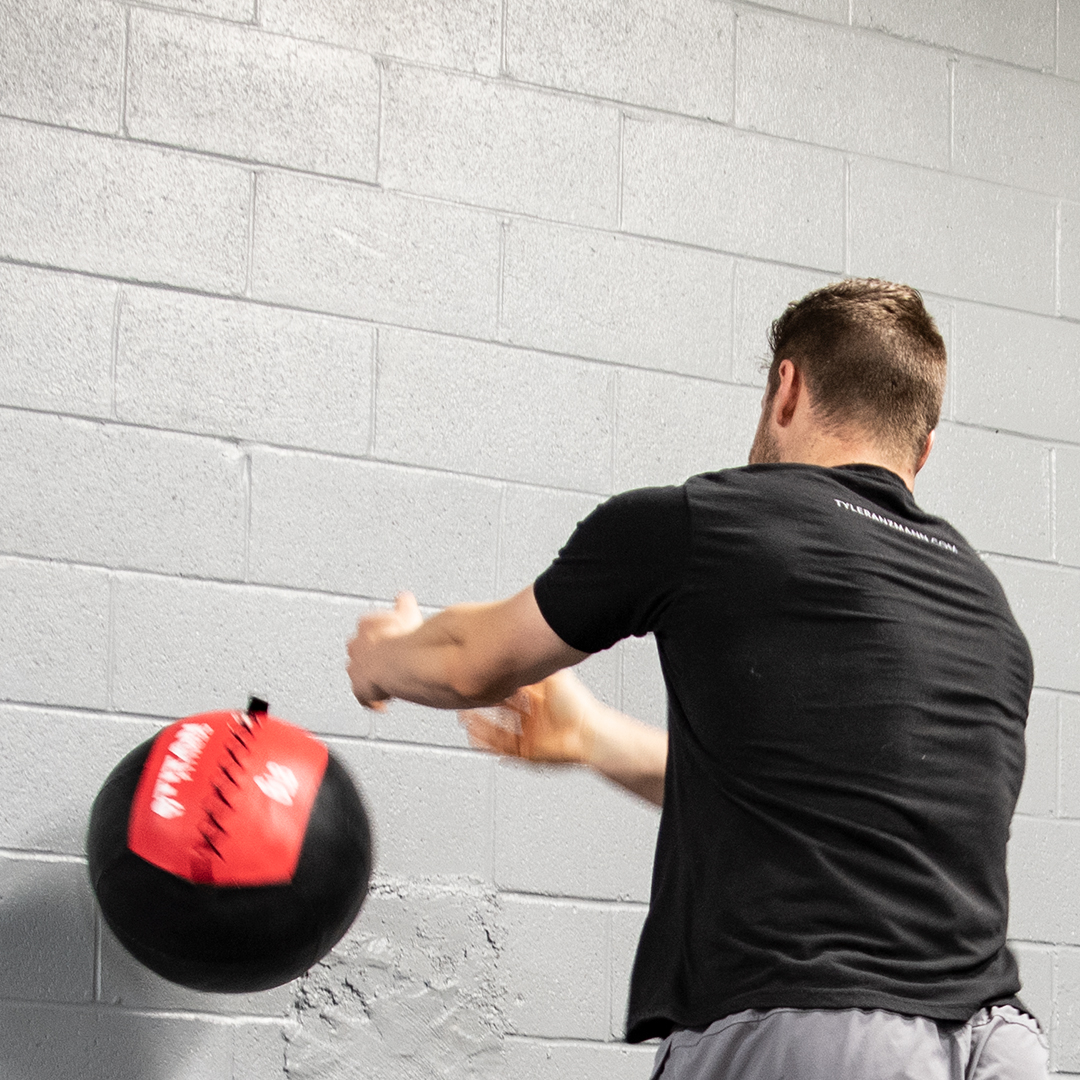If you ask almost any male athlete what their goals are when they begin training, inevitably one of their goals will be, “To get jacked!” This isn’t a bad thing. Gaining muscle mass requires a commitment to training and recovering hard and is often a great starting point for young athletes. But how long should increased muscle size be chased before it becomes potentially detrimental?
What is Hypertrophy?
Hypertrophy is the increase in muscle size through the increase in the size of the individual muscle fibers. Hypertrophy is the main goal of body building style training and is what it takes to fill out t-shirt sleeves.
This style of training requires relatively high rep ranges and longer time under tension than strength and power-based training, generally in the 6-12 rep range. This means that relatively lighter weights are generally used; 60-75% of 1RM or so, although up to about 80% may be effective.
| Number of Reps | % 1RM | Number of Sets | |
| Hypertrophy Training | 6-12 | 60-75 | 4-6 |
| Strength Training | 1-6 | 75-100 | 3-8 |
| Power Training | 1-4 | 40-80 | 3-8 |
| High Velocity Training | 1-4 | 0-30 | 6-8 |
How Does It Help Sport Performance?
Increased muscle size isn’t necessarily a direct line to improving sport performance, but it can help set athletes up for future gains in strength, power, and speed. Greater muscle cross sectional area (CSA) is associated with greater muscle strength. When muscle fibers grow, their force capabilities grow as well, which is why a bigger muscle tends to be a stronger muscle. However, there are other training and neuromuscular factors that contribute to the expression of strength, power, and speed. These factors include inter/intramuscular coordination, rate coding (I’ll cover this in more depth in a future article), and the velocity of muscle contractions. These factors may not be optimized through hypertrophy training. The gains in muscle size may potentiate strength gains, but specific training is required to optimize these gains.
Muscle size is basically the engine, but the other training you do once you’ve improved this fitness quality is the tuning that ultimately determines how fast the car (your body) will go. This is why athletes need to handle heavier weights, have the intent to move fast, and be exposed to higher velocity movements after they’ve built a base of muscle size.
Young athletes are often limited by overall body mass, and muscle mass specifically. Bodyweight has been correlated strongly with ball velocity (Werner et al., 2008), so one of the easiest qualities to address with young athletes to help them see progress is their bodyweight. More bodyweight likely helps improve fastball velocity through two mechanisms. Higher bodyweight generally means greater maximal strength and the potential for more force to be applied to the ball. And, due to the slope of the mound gravity aids the pitching delivery, so greater bodyweight may lead to greater momentum.
However, as I outlined in this article bodyweight reaches a point of diminishing returns due to the importance of relative strength (strength to body weight relationship), and the potential deleterious effects of increased body fat. So, once body weight and muscle mass are adequate it may be necessary to focus on more specific training goals.
So Far This All Seems Positive, What’s the Problem?
First, we know that strength and size are not the only factors that contribute to throwing velocity. If they were, the best powerlifters and bodybuilders in the world would also be the hardest throwers, and clearly they are not. The specifics of movement sequencing, timing, range of motion, and movement speed all play significant roles in throwing velocity, and these are not accounted for by strength and muscle mass alone.
This is also where the specifics of contraction velocity and tissue inertia come into play. In order to maximize hypertrophy, contractions must be relatively slow in order to allow for greater cross bridge formation and mechanical loading.
Force and velocity have an inverse relationship. This is due to the fact that cross bridges require a certain amount of time to attach. When contraction velocity increases, fewer cross bridges can be formed, reducing the force produced by the contraction. Due to this relationship, training to build as much muscle or produce as much force as possible without any focus on movement velocity may not transfer optimally to throwing velocity.
Tissue inertia also plays a role here. Tissue inertia is important because since the muscle is larger, it takes longer for the muscle to shorten and create movement at the joint (Gunther et al., 2012). This means that in order to create the same joint angular velocity as before, the muscle contraction would need to be even faster since there is more to shorten. This can have obvious negative effects on a time-constrained movement, such as pitching, where contraction velocity is extremely important.
Second, the volume of training required for hypertrophy and the trauma created by this style of training is not compatible with a high volume of quality skill work. This is one of the reasons, along with phase potentiation (training phases are sequenced in an order that allows qualities to build on each other to improve long-term adaptations), that hypertrophy training tends to be programmed for the beginning of the offseason period when skill training volume is low or absent.
Practical Application
Hypertrophy is likely beneficial to a point. It helps provide a base for strength, power, and speed, provided that more specific training comes later to transmutate these gains into more specific means. Younger athletes, generally in the 13-16 age range, are likely to derive more benefit from increased bodyweight and muscle size due to their low absolute strength numbers and generally low bodyweights. However, once hypertrophy and bodyweight are at adequate standards, a more specific training focus will be beneficial due to the reduced benefits from general means of training. Specific skill work such as pitch design, command, and velocity development will move into a more prominent position and require that training volume elsewhere decrease. Higher velocity movements, such as medicine ball throws and jump variations, are likely to play an important role in a pitcher’s training as they progress in order to more specifically address the demands of pitching.
Trying to figure out how to gain velocity? Contact me!
References
Werner SL1, Suri M, Guido JA Jr, Meister K, Jones DG. (2008). Relationships between ball velocity and throwing mechanics in collegiate baseball pitchers. Journal of Shoulder and Elbow Surgery.
Günther M, Röhrle O, Haeufle DFB, Schmitt S. 2012. Spreading out muscle mass within a Hilltype model: a computer simulation study. Comput. Math. Methods Med. 2012, 848630 (10.1155/2012/848630)



